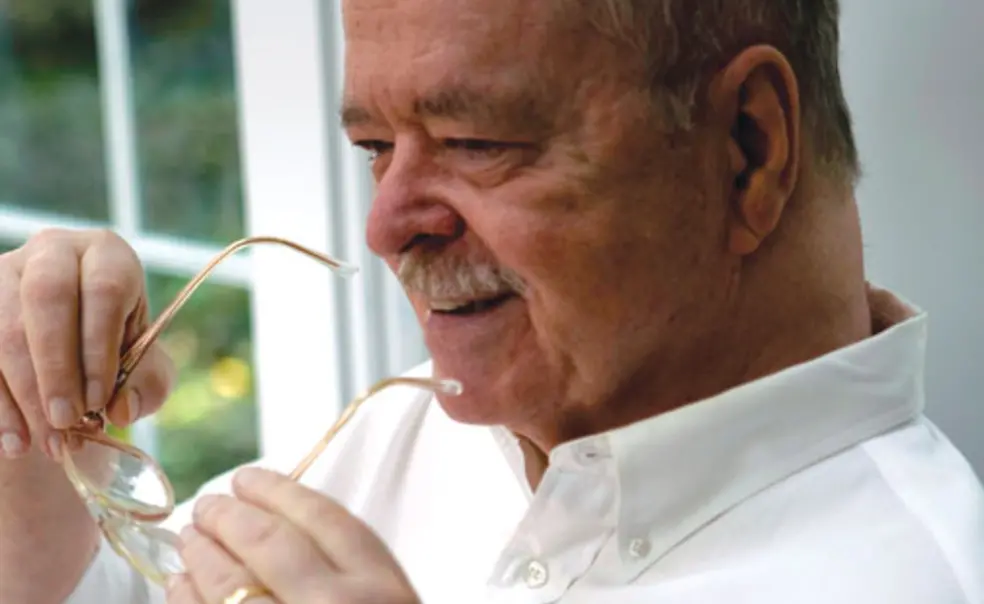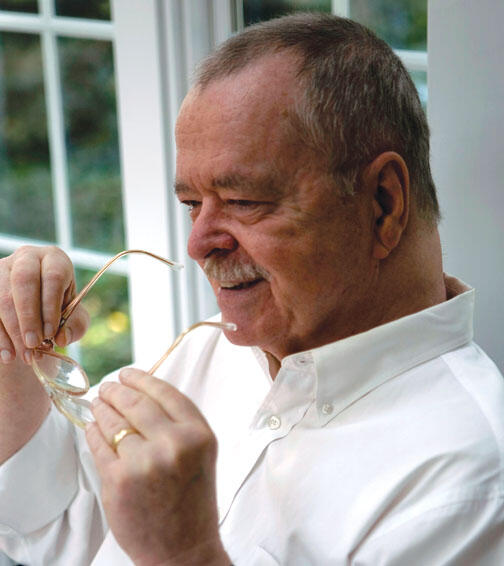Today, students traveling abroad blog about their adventures, but letters were the medium when painter Thomas Eakins journeyed from Philadelphia to France in 1866. What is striking in The Paris Letters of Thomas Eakins, compiled in book form for the first time by Eakins expert William Innes Homer ’51, is that the more things change, the more things stay the same.
In some 150 letters written over four years, the then-budding artist details his sometimes-irreverent impressions of sites and people (“The first thing a traveler does on reaching Paris is to visit the Louvre. … I never in my life saw such nice funny old pictures”). He contends with con artists, homesickness, and bedbugs (“The French bedbug is larger I think than its American brother and just as ravenous”). He even records how much he spent on haircuts, stamps, rent, and art supplies.
The letters written home — most to his father — detail Eakins’ European stay and provide insight into “the essence of his mind straight from his words,” said Homer, whose other works include a biography of the artist.
Before each missive, Homer offers brief comments and explains Eakins’ relationship to the person to whom he wrote. An emeritus professor of art history at the University of Delaware who launched the school’s American art-history program, Homer supplies translations of letters written in Italian to a brief romantic interest, sketches punctuating the text, and a notebook with Eakins’ observations about painting during four months he spent in Spain in 1870 following his Paris sojourn.
The letters in the book, published by Princeton University Press, reveal a personality that could be bossy (in one he reproves his sister Fanny for time spent with a woman he does not like) and witty. Eakins often spoke bluntly and, Homer says, despised pretense of any kind. Some associates regarded him as open to new ideas; others, as inflexible and opinionated. He could be stubborn and self-righteous and did not conceal his ambition.
Read in succession, the letters reveal the evolution of Eakins’ aesthetic and the growth of his convictions about his mission as an artist, from his regard for the style of his teacher, the French painter Jean-Léon Gérôme, to what would become his own signature of American realism. “He was laying the foundation for his artistic personality,” says Homer, who is at work on a second volume that will cover letters written from Eakins’ return to Philadelphia until his death in 1916.
After a lifetime of studying Eakins, Homer says that in editing these letters he learned that the artist was concerned with the portrayal of human character and that he strove to have a subject’s inner essence conveyed in the portraits he painted. The early letters make clear, Homer says, that Eakins’ father inspired his son to stay attuned to people’s traits and encouraged him to see the world as a morality play.
Maria LoBiondo is a frequent contributor to PAW.













No responses yet